When life feels overwhelming or your mood is low, “just be grateful” can feel like a punch in the gut. Gratitude is a powerful tool for improving mental health, but it’s not about pretending everything is fine or forcing positivity. It’s about gently shifting your perspective and noticing the small glimmers of good that still exist.
In this post, you’ll learn realistic ways to practice gratitude when you’re feeling down, plus why it works, and how to do it in a way that actually feels supportive.
Why Gratitude Helps When You’re Feeling Low
Let’s start with this: gratitude doesn’t “fix” anxiety, depression, or emotional pain. What it can do is help create space for hope, shift your focus slightly and give your nervous system something safe to focus on.
According to Harvard Medical School, regularly practicing gratitude can:
- Improve mood
- Reduce stress
- Increase resilience
- Strengthen relationships
- Support better sleep and overall wellbeing
But when you’re feeling heavy or hopeless, it’s okay if it feels hard to access that. The goal isn’t perfection, it’s gentle practice.
1. Start Small, Really Small
When you’re in a low place, big gratitude lists can feel fake. Instead, zoom in.
Try something like:
- “I’m grateful for this soft blanket.”
- “I’m grateful I made it out of bed.”
- “I’m grateful for tea.”
No gratitude is too small. You’re training your brain to notice, not to judge.
➡️ Try this: At the end of each day, name one thing that didn’t completely suck. Write it down or say it to yourself.
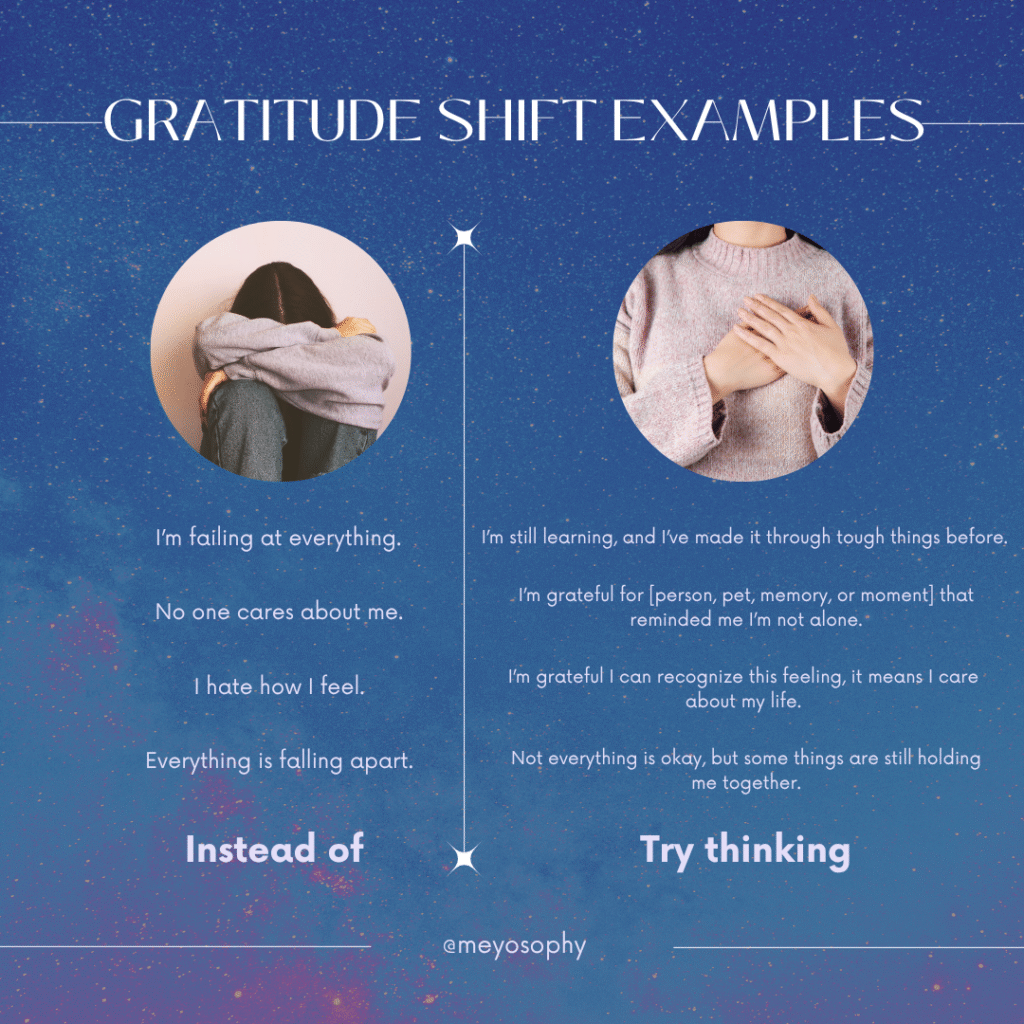
2. Try “Dark Gratitude”
Sometimes gratitude isn’t about what’s good, it’s about what didn’t get worse.
This is called defensive or dark gratitude, and it might look like:
- “I’m grateful that I set a boundary today, even though it was hard.”
- “I’m grateful that I cried. It means I care.”
- “I’m grateful I asked for help.”
This type of gratitude honors the hard stuff and your strength going through it.
3. Use a Gratitude Jar or Box
If journaling feels like too much, start a physical practice.
Write one small thing on a slip of paper each day and put it in a jar or box.
When you’re having a tough moment, pull one out to remind yourself there are good moments, even if they’re hard to feel in the moment.
✨ Bonus: Use colored paper or decorate the jar. Give your nervous system something fun and safe to look at.
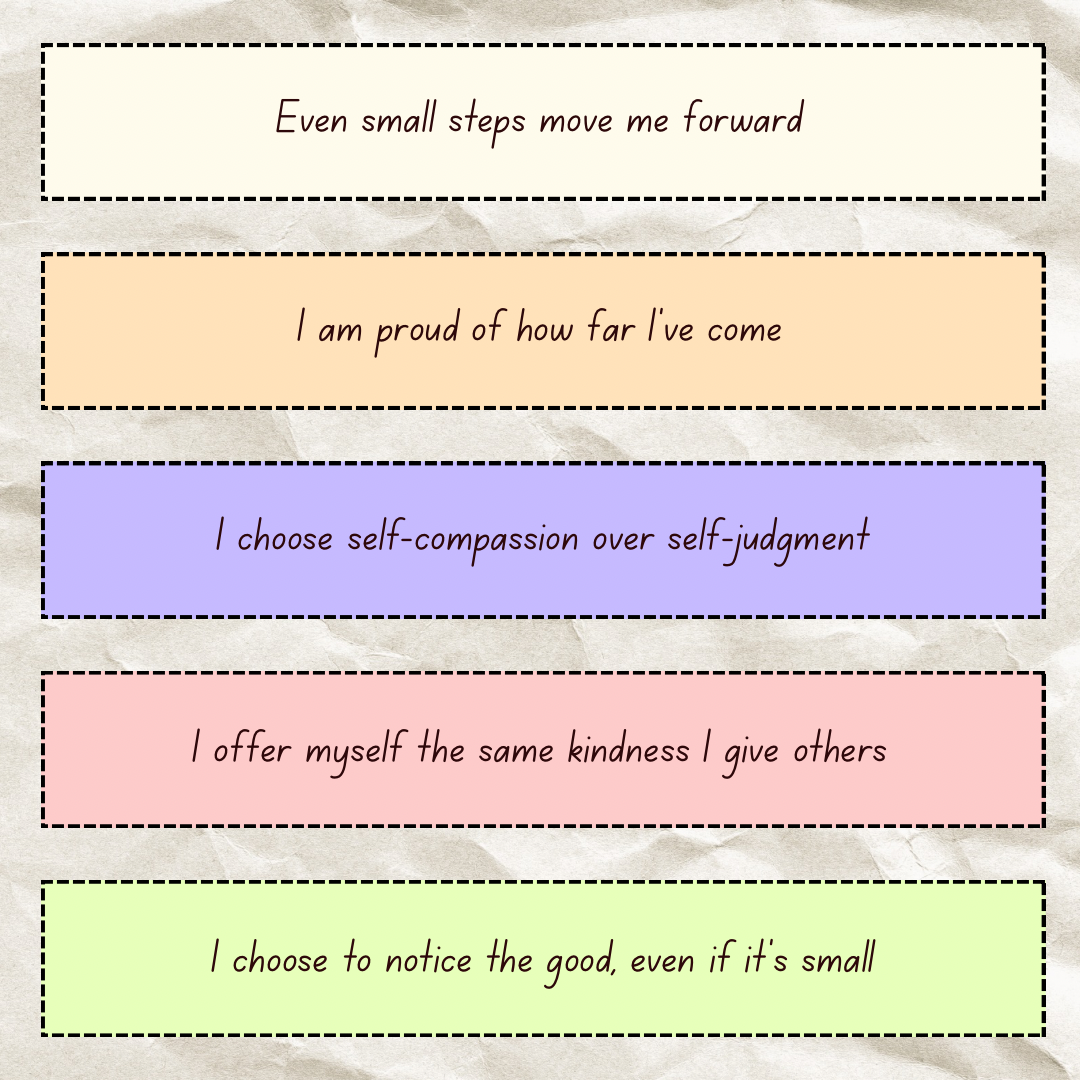
4. Reframe “Should” Gratitude
Ever felt guilty that you’re not grateful enough? You’re not alone.
You don’t have to be grateful for pain. But you might find something in it. For example:
- Instead of “I should be grateful for my job,” try: “I’m grateful I have income during this tough time.”
- Instead of “I should be grateful for my friends,” try: “I’m grateful that even when I don’t reply, they still check in.”
This isn’t bypassing. It’s reframing and it can be powerful.
5. Try a Guided Gratitude Meditation
If you’re in a place where words or thoughts feel blocked, a guided meditation can help.
There are plenty of free ones on YouTube or apps like Insight Timer or Calm.
Look for meditations that are gentle and grounded. Even 5 minutes of stillness can offer your mind a moment of relief.
6. Use a Visual Reminder
Sometimes seeing something kind is enough.
Ideas:
- A sticky note on your mirror with something you’re proud of
- A phone wallpaper with a positive affirmation
- A photo of a moment you cherish
Visual cues help redirect your brain without forcing yourself to think your way out of a low moment.
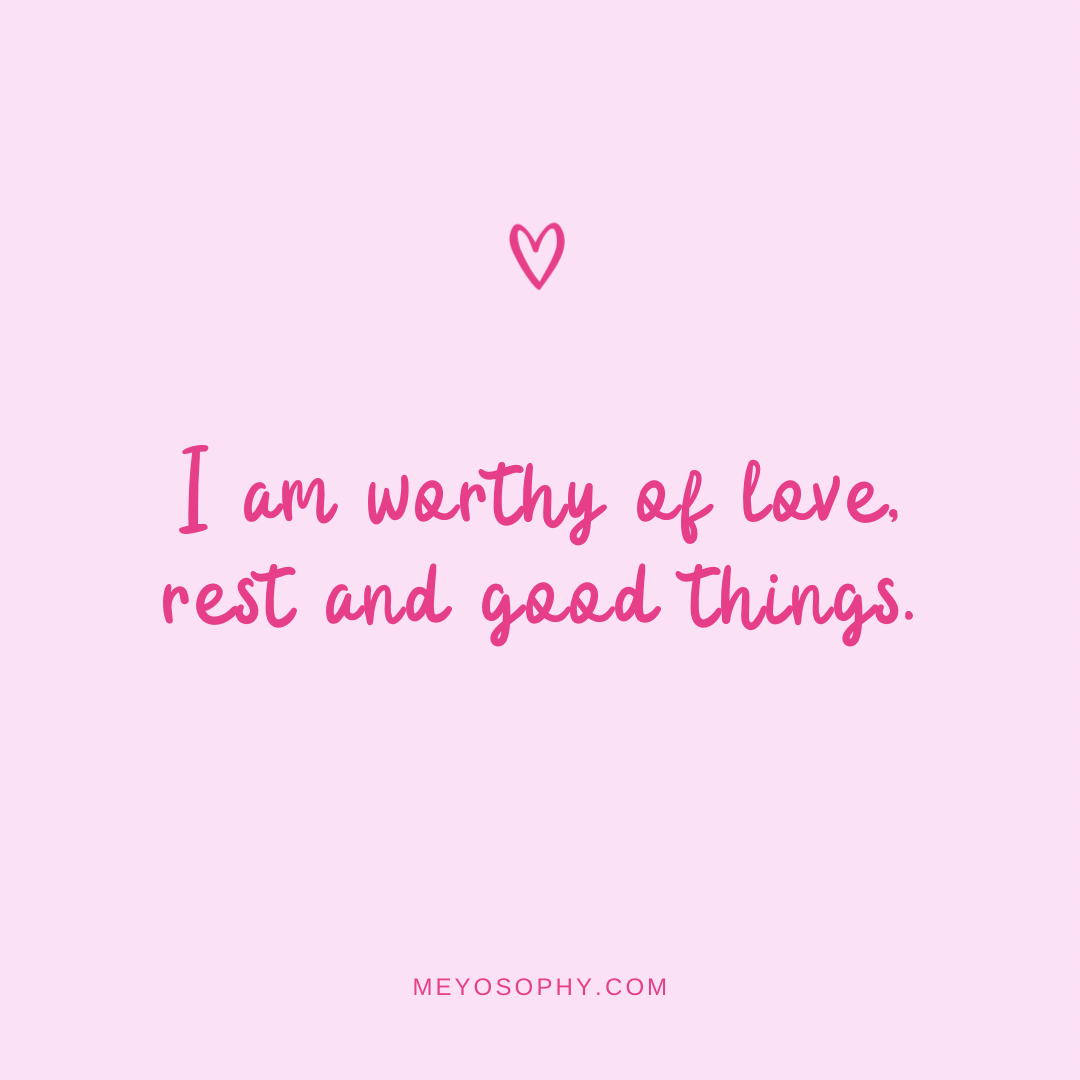
7. Combine Gratitude with Movement
Gratitude isn’t just in your head, it lives in your body too.
Try pairing a walk, stretch, or even a few deep breaths with thoughts like:
- “My body showed up for me today.”
- “Even if I feel heavy, I’m moving through it.”
You don’t need to be cheerful, just curious.
What If Gratitude Just Feels Too Hard?
That’s okay. Really.
Sometimes we don’t have the capacity to feel grateful, and that doesn’t mean you’re doing anything wrong.
Instead, just notice.
- Notice what’s around you.
- Notice what helps you feel slightly better.
- Notice what you wish you could feel grateful for.
That awareness itself is a quiet kind of gratitude.
Final Thoughts
Gratitude isn’t about pretending to be happy.
It’s about noticing what’s still here, what’s still working, and what’s still beautiful, even in the mess.
Practicing gratitude when you’re feeling low is an act of rebellion. It says, “I’m still here. I’m still noticing. I still believe there’s something worth holding onto.”
That’s powerful.
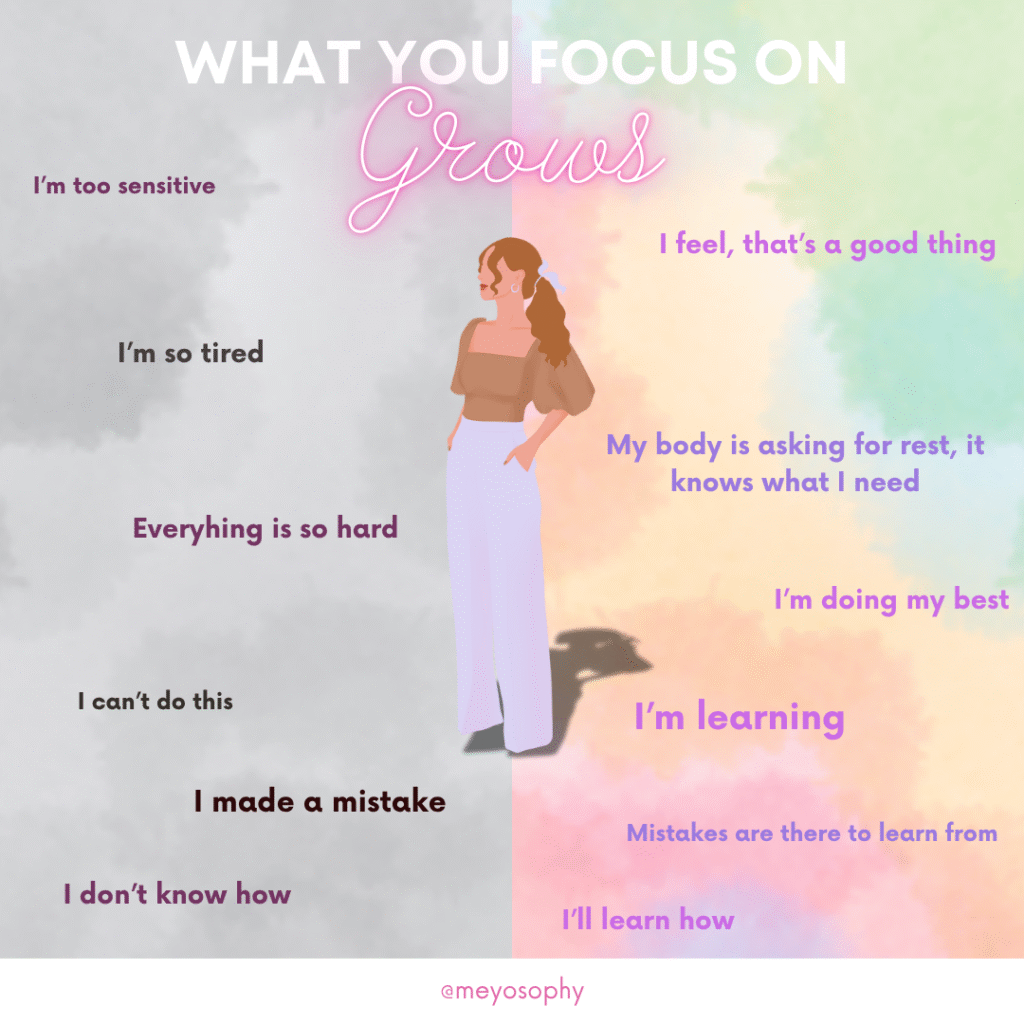
Sources:
- Harvard Health Publishing: Giving thanks can make you happier
- Emmons, R.A. (2007). Thanks! How the New Science of Gratitude Can Make You Happier.
- Davis, D.E., et al. (2016). “Thankful for the Little Things”: Journal of Positive Psychology
Disclaimer: I’m not a mental health professional, everything here is shared from research and personal experience. If you’re feeling overwhelmed or need support, please consider talking to a qualified professional. You’re not alone. If you’re in the U.S., you can call or text 988 anytime. For help in other countries, visit https://findahelpline.com.
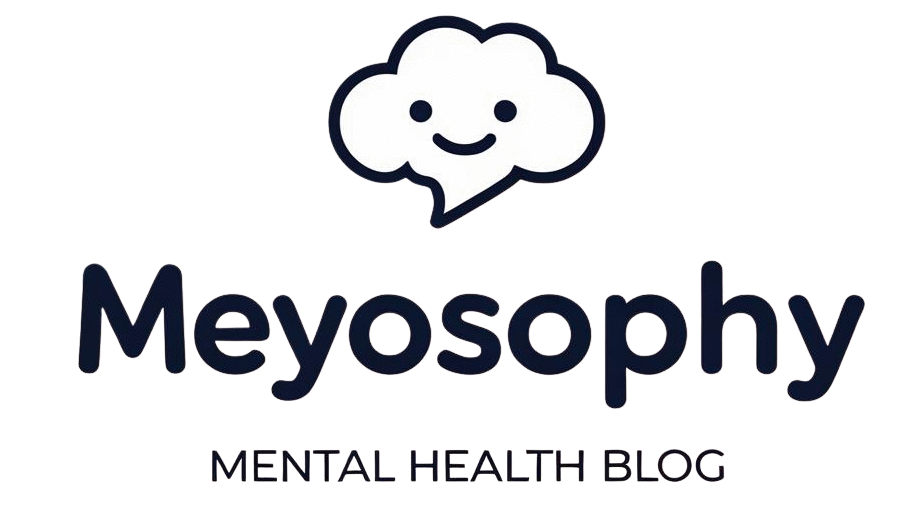

One thought on “How to Practice Gratitude When You’re Feeling Low”